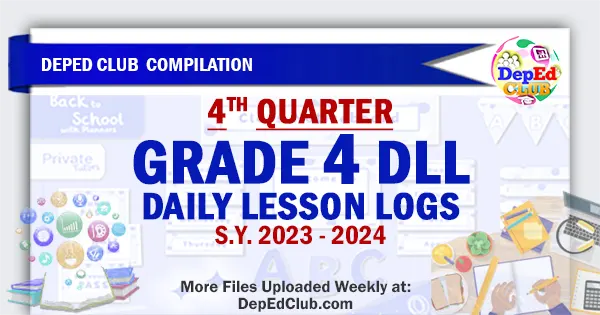To help teachers create dynamic learning experiences that cater to the diverse needs of today’s learners, we are constantly uploading our ready-made Week 7 – Quarter 4 Grade 4 Daily Lesson Log | May 13 – 17, 2024 DLL. Our long-term goal is to consistently update and publish our ready-made weekly Grade 4 Daily Lesson Logs. Just visit this page regularly for the latest uploads.
We are grateful to all of our Contributors, File Editors and Tech Volunteers who worked sacrificially and without hesitation to manage the content of our website and social media accounts. Thank you to everyone for your continued support.
Blended Learning
Blended learning represents a dynamic approach to education combining various teaching methods to optimize learning experiences. It integrates face-to-face (f2f) interactions with online resources forming a seamless educational journey. Rather than simply adding technology to traditional teaching, blended learning reimagines the instructional model to cater to diverse learning needs.
At its core, blended learning embodies the fusion of different instructional modalities. It encompasses a spectrum of strategies ranging from traditional classroom settings to fully online programs. This approach emphasizes the importance of tailoring the learning environment to suit individual needs.
One distinguishing feature of blended learning is the intentional combination of f2f interactions and technological tools. While some definitions focus broadly on the integration of different learning modes, others specifically highlight the coexistence of technology and traditional teaching methods.
According to various definitions, a blended course typically involves 30-80% of content delivered online. However, the emphasis should not solely be on the proportion of online activities but rather on the pedagogical impact of the integration.
Blended learning goes beyond the mere presence of technology. It emphasizes the thoughtful integration of online resources with traditional classroom experiences. This integration fosters meaningful interactions between students, teachers and course content, enhancing the overall learning process.
By viewing blended learning as a fundamental redesign of the instructional model, teachers can harness its potential to improve teaching and learning outcomes. It encourages a shift towards more innovative and inclusive educational practices promoting engagement and collaboration among learners.
Blended learning offers a holistic approach to education, leveraging the strengths of both traditional and online learning environments. It embodies a pedagogical philosophy aimed at enhancing the quality and effectiveness of education in the digital age. Embracing blended learning signifies a commitment to innovation and continuous improvement in teaching and learning practices.

